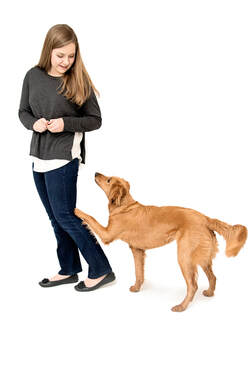Links |
Connect with Us |
A Service Dog is an animal and is not intended to replace any medical care or device(s) provided by medical professionals. A diabetic alert service dog is never 100% accurate and should never replace regular blood glucose level checking.
Proudly powered by Weebly


 RSS Feed
RSS Feed
